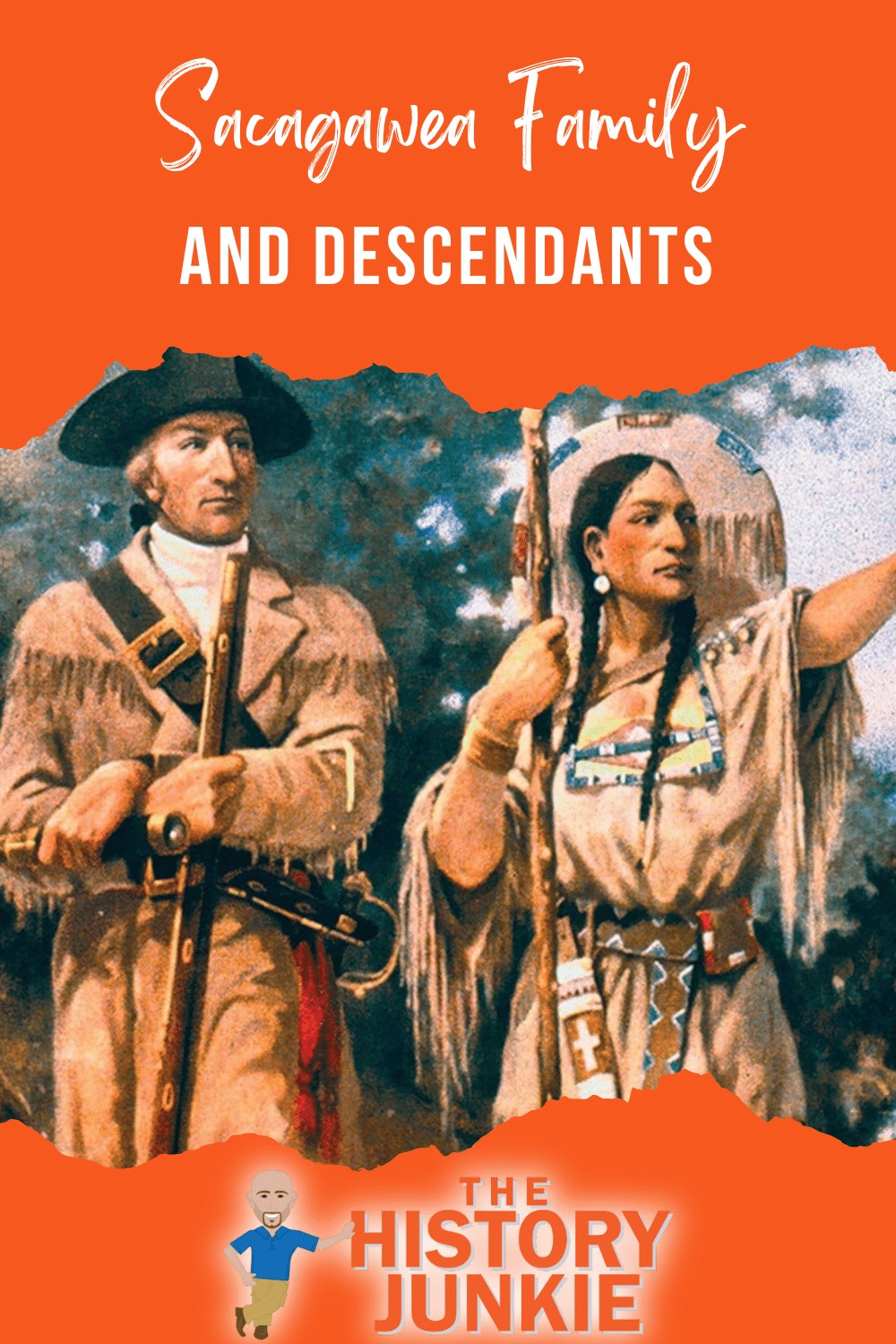Sacagawea was a Lemhi Shoshone woman who served as a guide and interpreter for the Lewis and Clark Expedition from 1804 to 1806. She was the first Native American woman to travel the entirety of the Lewis and Clark Expedition.

Sacagawea was born in what is now Idaho. She was the daughter of a Shoshone chief and a Hidatsa woman. She was captured by the Hidatsa tribe in 1800 when she was about 12 years old. She was held captive at a Hidatsa village near present-day Washburn, North Dakota.
In 1804, Toussaint Charbonneau and his two wives were hired by Meriwether Lewis and William Clark to join the Lewis and Clark Expedition.
Also Read: Famous Native Americans
Jump to:
Sacagawea was an invaluable asset to the expedition. She was able to speak Shoshone, which allowed the expedition to communicate with the Shoshone people when they met them. She also helped to find food and water for the expedition, and she was a source of comfort and support for the men.
The Lewis and Clark Expedition was a success, and Sacagawea's role in it was crucial. She helped to ensure the safety and success of the expedition, and she helped to open up the West to further exploration.
Sacagawea died in 1812 at the age of 24. She was only 14 when she helped William Clark and Meriwether Lewis.
Ironically, despite being born in different centuries, Sacagawea and Pocahontas had many similarities.
Family Overview
She was born a Shoshone.
Sacagawea was taken captive by the Hidatsa tribe in 1800 when she was about 12 years old. Several other children were also taken captive in the raid, which resulted in the deaths of several Shoshone people.
Sacagawea was held captive at a Hidatsa village near present-day Washburn, North Dakota.
At about age 13, she was sold into a non-consensual marriage to Toussaint Charbonneau, a French-Canadian trapper.
He had also purchased another young Shoshone girl, known as Otter Woman, for a wife. Charbonneau was variously reported to have purchased both girls from the Hidatsa or to have won Sacagawea while gambling.
The two had two children who would go under the custody of William Clark after her death.
Family Tree Chart
Parents:
Smoked Lodge (1723 - 1814) - He was an influential Native American leader. He probably had multiple partners, so it is uncertain to the identity of Sacagawea's mother.
Unknown - Mother is unknown
Spouse:
Toussaint Charbonneau (1767 - 1840) - He was born around 1767 in Quebec, Canada. He was a French-Canadian explorer and trader. He was selected as an interpreter and guide for Thomas Jefferson's Corps of Discovery. He was accompanied on the trip by Sacagawea and their infant son, Jean Baptiste. A second child, Lisette, was born to the couple much later. After completing the Lewis and Clark Expedition, Charbonneau continued as a trapper and trader, except for a short time spent farming in Missouri.
Children:
Jean Baptiste Charbonneau (1805 - 1866) - He was a Native American-French Canadian explorer, guide, fur trapper, trader, military scout, alcalde, gold digger, and hotel operator. He was the son of Sacagawea, a Shoshone Native who worked as a guide and interpreter for the Lewis and Clark Expedition. Charbonneau spoke French, English, German, Spanish, and Shoshone. He learned these languages during his travels and his work as a trapper and guide.
Lizette Charbonneau (1812 - 1832) - Toussaint Charbonneau took a job with Manuel Lisa's Missouri Fur Company and was stationed at Fort Manuel Lisa Trading Post in present-day North Dakota. During this time, Sacagawea was pregnant and gave birth to a girl named Lisette. Shortly after the birth, Sacagawea died on December 20, 1812. Lisette was taken back to St. Louis to live with her brother. The following year, Charbonneau signed over formal custody of his son Jean Baptiste and daughter Lisette to William Clark.
Siblings: Unknown, but probably many
